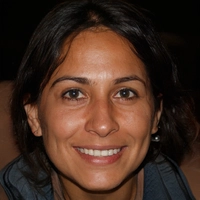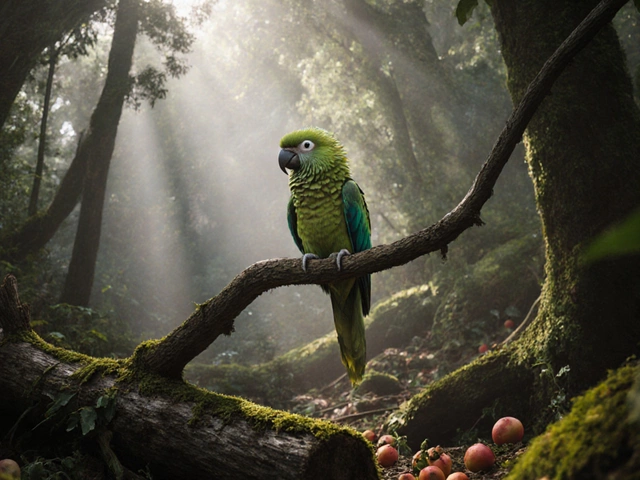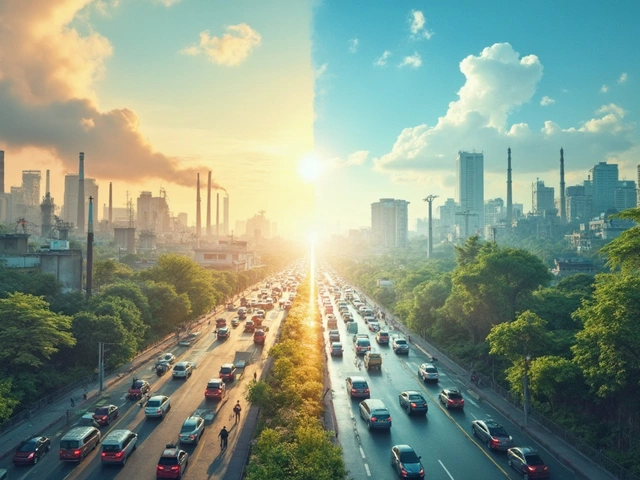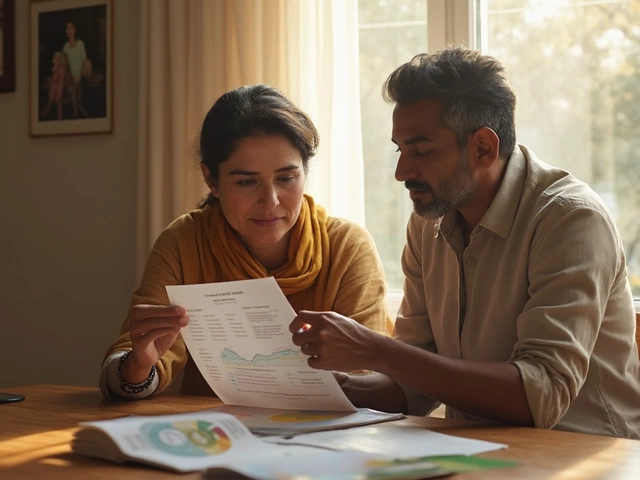When you look at a forest, a river, or even your own backyard, it’s easy to think of it as just nature. But behind every leaf, bug, and bird is a system built in layers-like a set of Russian nesting dolls, each one fitting inside the next. These layers are called the levels of organization in the environment, and they’re how scientists make sense of life on Earth. Understanding them isn’t just for textbooks. It helps conservationists protect species, cities plan green spaces, and communities know how their actions ripple through nature.
Organism: The Individual Unit
The smallest building block is the organism. That’s any single living thing-a kākā parrot in Auckland, a rimu tree in Fiordland, or even a single bacterium in your garden soil. Each organism has its own needs: food, water, shelter, and the right temperature. But alone, it doesn’t make an ecosystem. Think of an organism as a single player on a team. You can’t win the game with just one person.
In New Zealand, the endangered kākā is a good example. Its survival depends on the fruit of native trees, nesting hollows in old logs, and freedom from predators like rats. But studying just one kākā won’t tell you why the whole population is dropping. That’s where the next level comes in.
Population: Groups of the Same Kind
A population is a group of organisms of the same species living in the same area at the same time. So, all the kākā parrots living in the Waitākere Ranges? That’s one population. All the possums in Christchurch? Another. Populations interact with each other-competing for food, mating, or spreading disease.
Population size changes based on birth rates, death rates, and migration. In 2023, a Department of Conservation survey found that kākā populations in the South Island had grown by 18% over five years thanks to predator control programs. That’s a direct result of managing populations, not just saving individuals.
Community: All the Different Groups Living Together
Now we zoom out. A community includes all the different populations living and interacting in one place. In a coastal wetland, that could mean fish, frogs, dragonflies, mangroves, algae, fungi, and bacteria-all sharing the same space. They don’t all get along. Some eat others. Some help each other. Some just coexist.
In the Whangarei Harbour, the community includes blue mussels filtering water, crabs hiding under rocks, seagrass beds trapping sediment, and birds like the pied shag feeding on small fish. Remove one species-say, the mussels-and the whole water quality changes. That’s how tightly connected these groups are.
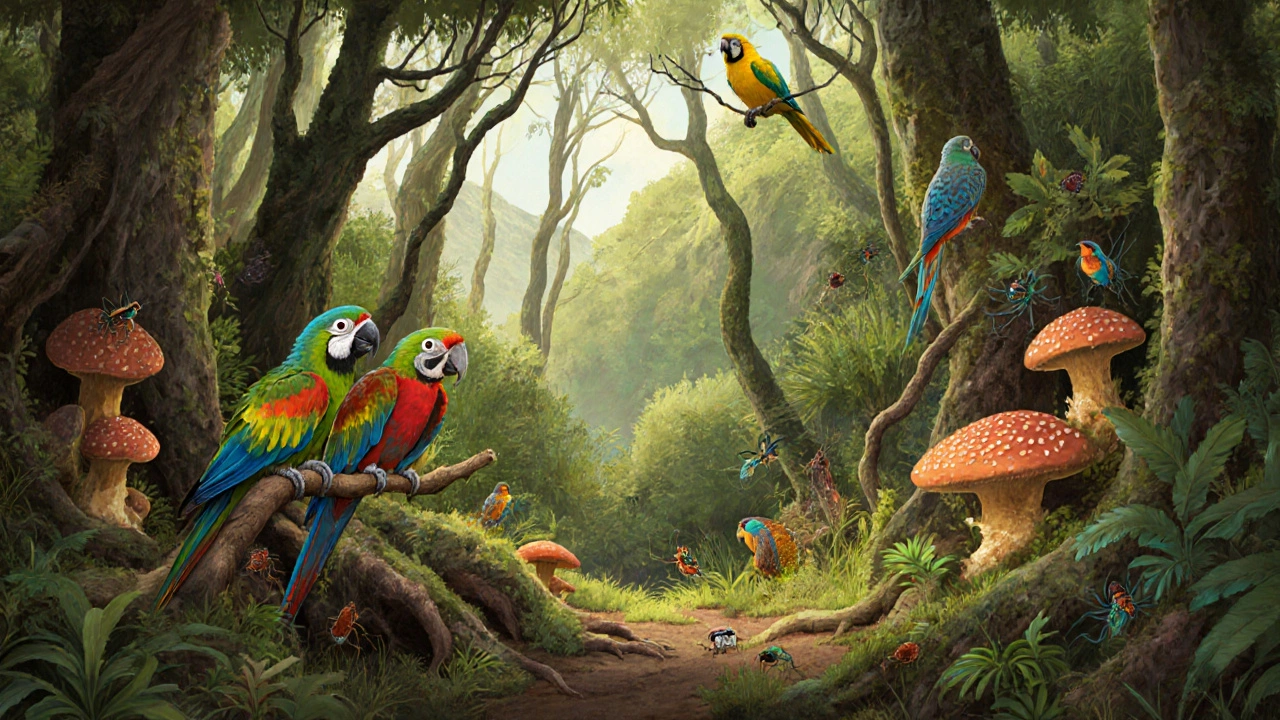
Ecosystem: Living Things + Their Physical World
An ecosystem adds the non-living parts to the community. That’s the soil, the water, the sunlight, the air, the rocks, and even the rain. It’s the full package: biology plus chemistry plus physics.
Take Lake Taupō. The water temperature, pH levels, nutrient runoff from farms, and seasonal rainfall all affect the fish, algae, and insects living there. If too much fertilizer washes in, algae explode. That uses up oxygen. Fish die. The whole system shifts. That’s an ecosystem responding to change.
Scientists measure ecosystem health by looking at both living and non-living factors. A healthy ecosystem isn’t just full of life-it’s balanced. The water flows right. The soil holds nutrients. The climate stays stable enough for species to survive.
Biome: Big Regions with Similar Climates and Life
Now we’re talking big. A biome is a huge area with similar climate, plants, and animals. Think tropical rainforest, desert, tundra, or temperate forest. New Zealand has several: the temperate rainforests of the West Coast, the alpine zones of the Southern Alps, and the subtropical forests in Northland.
Biomes are shaped by things like rainfall, temperature, and elevation. The kānuka forests of Central Otago look nothing like the beech forests of Fiordland, even though they’re both in New Zealand. Why? One is dry and windy. The other is wet and cool. Each supports different communities.
Biomes help us compare places globally. The Amazon rainforest and New Zealand’s temperate forest are both forests, but they’re different biomes. One is near the equator. The other is in the Southern Hemisphere. Both have trees, but the species, soil, and animals are totally different.
Biosphere: The Whole Living Planet
The final level is the biosphere. That’s every living thing on Earth, from the deepest ocean trenches to the highest mountaintops, plus all the environments they live in. It’s the sum of all ecosystems, all biomes, all the way down to the microbes in your skin.
The biosphere doesn’t care about borders. Carbon from a burning forest in Brazil ends up in the air over Auckland. Plastic from Asia floats into the Southern Ocean and gets eaten by albatrosses nesting on the Chatham Islands. Nothing is isolated.
Climate change, pollution, and overfishing aren’t local problems. They’re biosphere problems. That’s why protecting a single wetland matters-but only if we also cut global emissions and stop ocean plastic. The biosphere connects everything.
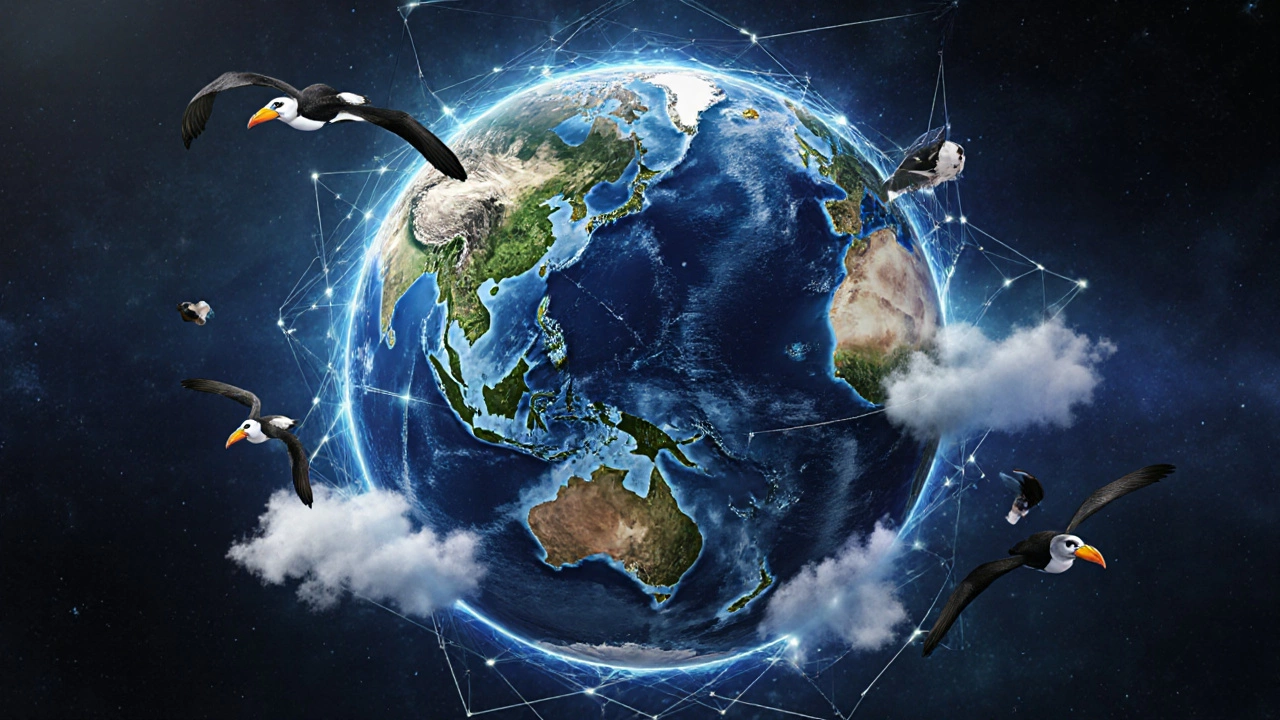
Why This Matters for Everyday People
You don’t need a lab coat to use this knowledge. If you’re planting native trees in your yard, you’re helping the organism and population levels. If you’re joining a community clean-up, you’re supporting the community and ecosystem. If you’re pushing for city-wide recycling or reducing car use, you’re acting at the biome and biosphere levels.
Environmental groups don’t just save animals. They work across all six levels. A group planting kōwhai trees isn’t just planting trees-they’re restoring a food source for birds (population), improving soil health (ecosystem), reconnecting forest patches (biome), and helping the planet breathe (biosphere).
When you understand these levels, you see how small actions add up. A single person picking up litter? It’s a drop in the ocean. But if thousands do it? That’s a change in the community. And if nations act together? That’s a shift in the biosphere.
What Happens When One Level Breaks?
Imagine you remove all the bees from a garden. The flowers don’t get pollinated. Fruit doesn’t grow. Birds that eat the fruit leave. The soil loses nutrients from fallen fruit. The whole ecosystem collapses. That’s a domino effect across levels.
In New Zealand, the decline of native snails in forest floors-because of invasive slugs and rats-has changed how leaf litter breaks down. That affects soil nutrients, which affects tree growth, which affects bird nesting sites. One tiny organism, gone. Ripple effects across every level.
That’s why conservation isn’t about saving one species. It’s about fixing the whole system. You can’t save the kākā without fixing the trees, the predators, the water quality, and the climate.
| Level | Definition | Example in New Zealand |
|---|---|---|
| Organism | A single living thing | A single kākā parrot |
| Population | Group of the same species in one area | All kākā in the Waitākere Ranges |
| Community | All populations living together | Kākā, tūī, rimu trees, fungi, insects in a forest |
| Ecosystem | Community + physical environment | West Coast rainforest with soil, rain, rivers, and all living things |
| Biome | Large region with similar climate and life | Temperate rainforest biome covering Westland and Fiordland |
| Biosphere | All life and environments on Earth | Every living thing in New Zealand, Antarctica, and beyond, connected by air and water |
How to Use This Knowledge
If you care about nature, start where you are. Plant native species-helping organisms and populations. Join a local group restoring a stream-supporting the community and ecosystem. Advocate for green roofs in your city-impacting the biome. Reduce your carbon footprint-protecting the biosphere.
There’s no single fix. But if you understand the levels, you’ll know which action matters most. Saving one bird? Important. Saving the forest it depends on? Essential. Saving the planet’s climate? Non-negotiable.
What’s the difference between an ecosystem and a biome?
An ecosystem is a specific place-like a single wetland or forest patch-with all its living things and physical features. A biome is a much larger area, like all the temperate forests on Earth, defined by climate and general types of life. One ecosystem can be part of a biome. For example, the Waitākere Ranges is one ecosystem within the larger temperate rainforest biome.
Are humans part of these levels?
Yes. Humans are organisms. We form populations-like the 1.7 million people in Auckland. We’re part of communities with other species, sharing cities, parks, and rivers. Our cities are ecosystems, shaped by pollution, waste, and green spaces. We live in the temperate biome of New Zealand. And our actions-like burning fossil fuels-affect the entire biosphere. We’re not outside nature. We’re deeply inside it.
Why do scientists care about these levels?
Because problems in nature don’t happen in one place. A fish kill might start from a single factory dumping chemicals (organism level), but it spreads to the whole river community, changes the ecosystem, and shows a larger pattern in the biome. Scientists use these levels to find where to act. Fixing the source? That’s better than just cleaning up dead fish.
Can one person really make a difference across all levels?
Yes, but it’s about scale. Planting one native tree helps an organism and a local population. If you inspire 10 neighbors to do the same, you’re helping the community. If your city adopts a native planting policy, you’re shaping the urban ecosystem and biome. And if your actions influence national policy on emissions, you’re touching the biosphere. It starts small, but the impact grows.
Is the biosphere the same as the environment?
Almost, but not quite. The environment includes everything around us-air, water, land, buildings, roads, and living things. The biosphere is only the part that supports life. So your plastic bottle is part of the environment, but not the biosphere-unless it’s being eaten by a seabird. The biosphere is the living layer of the planet, where life can exist and interact.
